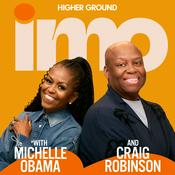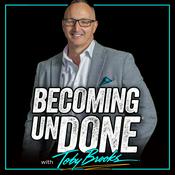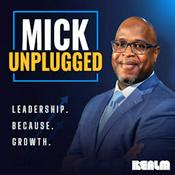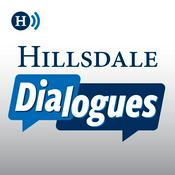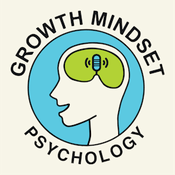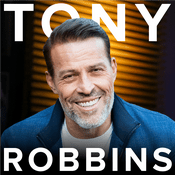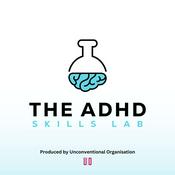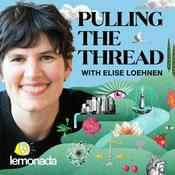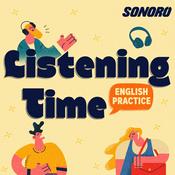40 episodes

I want to give back! How do I afford it?
12/08/2025 | 22 mins.
Donating money can induce anxiety if you’re not sure how to afford it or feel pressured into doing so by the people around you. Host Cristina Quinn talks to Washington Post personal finance columnist Michelle Singletary about how to give back, whether it’s through money or time. Singletary reminds us that there’s always a way to give. She explains how to think through where you want to give, how to afford it and how to commit to giving year-round. Michelle Singletary also shares her personal experiences and passion for why she gives, how to make sure you’re giving to a legitimate charity, and what you will experience when you give back. For more of her work, sign up for her Color of Money newsletter and follow her on Instagram. Subscribe to The Washington Post or connect your subscription in Apple Podcasts.

Anyone can be an altruist
12/01/2025 | 20 mins.
What’s really going on inside the brain of an altruist? Why do altruists care so much more for a stranger who needs help? Why are they so willing to give away a kidney?In this episode, host Cristina Quinn explores what it means to be an altruist with Abigail Marsh, a professor of psychology and neuroscience at Georgetown University. Together, they break down how altruists view their own actions and how others can become more altruistic too.Marsh offers insight into what scientists know about altruists and shares surprising findings from her own research. She also tells us how you can build the muscle of giving more in simple steps that fit your lifestyle.Read more about Marsh’s work on altruism here. Also, read Washington Post Brain Matters columnist Richard Sima’s story on how doing good is good for you.Subscribe to The Washington Post or connect your subscription in Apple Podcasts.

Got 5 minutes? Take a breather with me.
11/06/2025 | 5 mins.
Now that we’ve learned that chronic stress ages the brain, let’s put what we learned into practice. Join “Try This” host Cristina Quinn as she leads a 5-minute box breathing exercise.For more on ways to reduce your risk of dementia, check out some of The Post’s reporting:How to calm your mind with breathing, according to scienceHow to use your voice to reduce your stress and feel calmer5-minute breathing exercises can improve your mood and reduce anxietySubscribe to The Washington Post or connect your subscription in Apple Podcasts.

Breathe: Reducing stress can help your brain
11/06/2025 | 15 mins.
When we’re in constant stress, our brains become less resilient. Chronic stress can lead to inflammation of the brain — increasing our risk of cognitive decline. Breathing exercises hold a lot of power for calming the body and brain. Host Cristina Quinn talks to Washington Post Brain Matters columnist Richard Sima, as well as neuroscientist and psychiatrist Helen Lavretsky from UCLA, about steps we can take to reduce stress and improve our brain health. Sima unpacks what inflammation does to our brains and why this can lead to more cognitive decline in the future. Lavrestsky walks us through her research on breathwork, yoga and other practices that have shown positive impacts on brain aging and cognitive health. For more on ways to reduce your risk of dementia, check out some of The Post’s reporting:How to calm your mind with breathing, according to scienceHow to use your voice to reduce your stress and feel calmerTeen brains aged faster than normal from pandemic stress, study says5-minute breathing exercises can improve your mood and reduce anxietySubscribe to The Washington Post or connect your subscription in Apple Podcasts.

Simple lifestyle changes to reduce your risk of dementia
10/30/2025 | 19 mins.
As we age, we can develop a higher risk for dementia and Alzheimer’s disease. It may even run in our families for some of us. But hope is not lost: About half of dementia cases are potentially preventable. Host Cristina Quinn walks us through the U.S. POINTER study led by Laura Baker, professor of gerontology and geriatrics at Wake Forest School of Medicine. This study is considered the largest clinical trial examining how simple lifestyle changes like eating healthier, staying socially engaged and moving more can slow down cognitive decline. Cristina also speaks with neurologist Monica Parker from Emory University School of Medicine. Read more about Baker’s work with the U.S. POINTER study here. For more on Parker’s work, visit the Emory Healthy Brain Study. For more on ways to reduce your risk of dementia, check out some of The Post’s reporting:Want to keep your brain sharp as you age? Science may have a recipe,4 vaccines linked to a lower risk of dementiaWant to lower your risk of dementia? Here’s what the science saysNo amount of alcohol is safe, at least for dementia risk, study findsSubscribe to The Washington Post or connect your subscription in Apple Podcasts.
More Education podcasts
Trending Education podcasts
About Try This
Listen to Try This, IMO with Michelle Obama and Craig Robinson and many other podcasts from around the world with the radio.net app

Get the free radio.net app
- Stations and podcasts to bookmark
- Stream via Wi-Fi or Bluetooth
- Supports Carplay & Android Auto
- Many other app features
Get the free radio.net app
- Stations and podcasts to bookmark
- Stream via Wi-Fi or Bluetooth
- Supports Carplay & Android Auto
- Many other app features
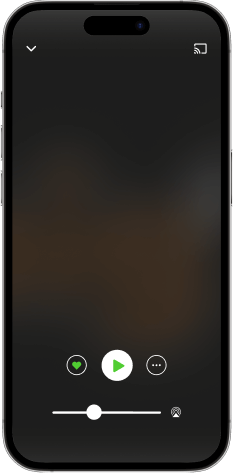

Try This
download the app,
start listening.
